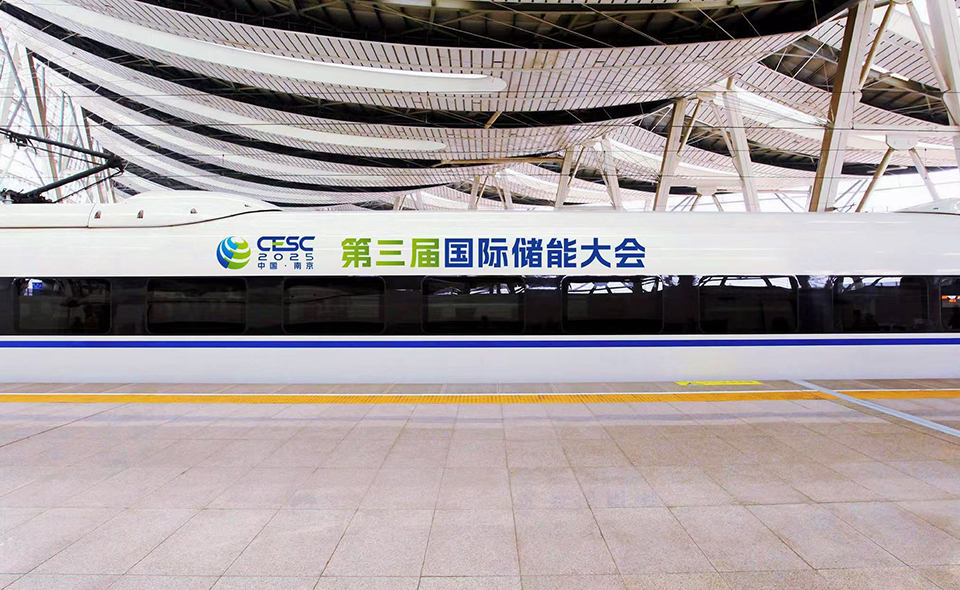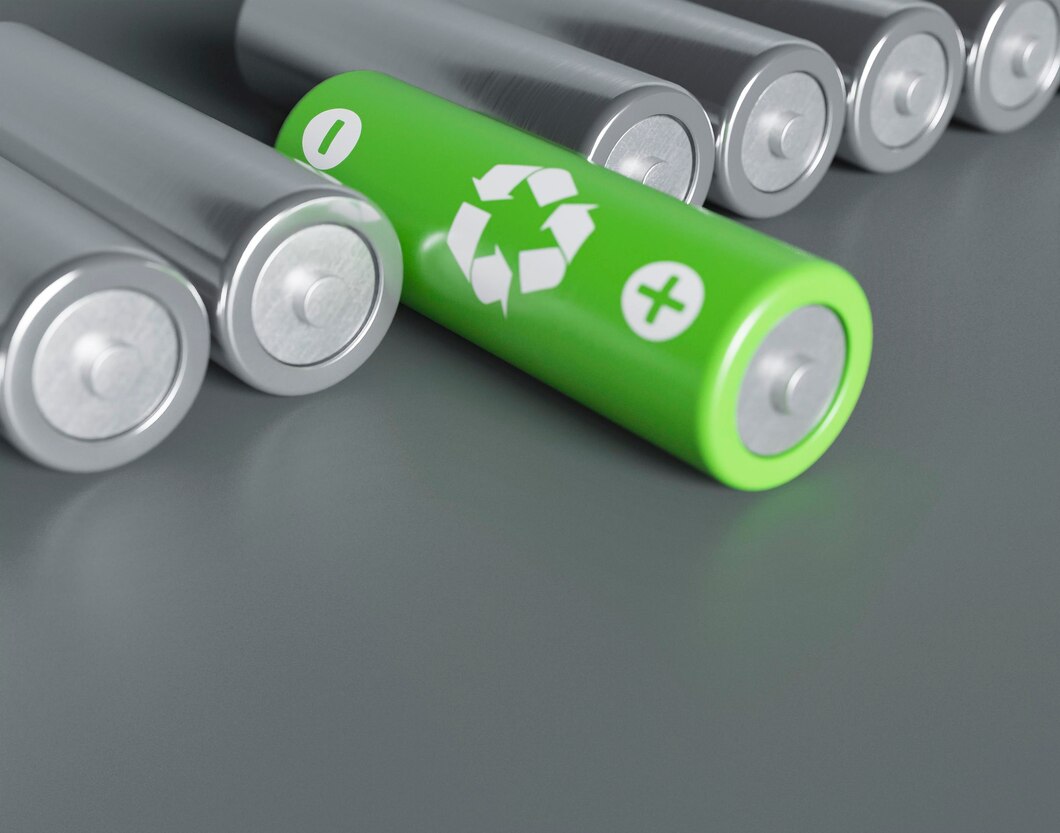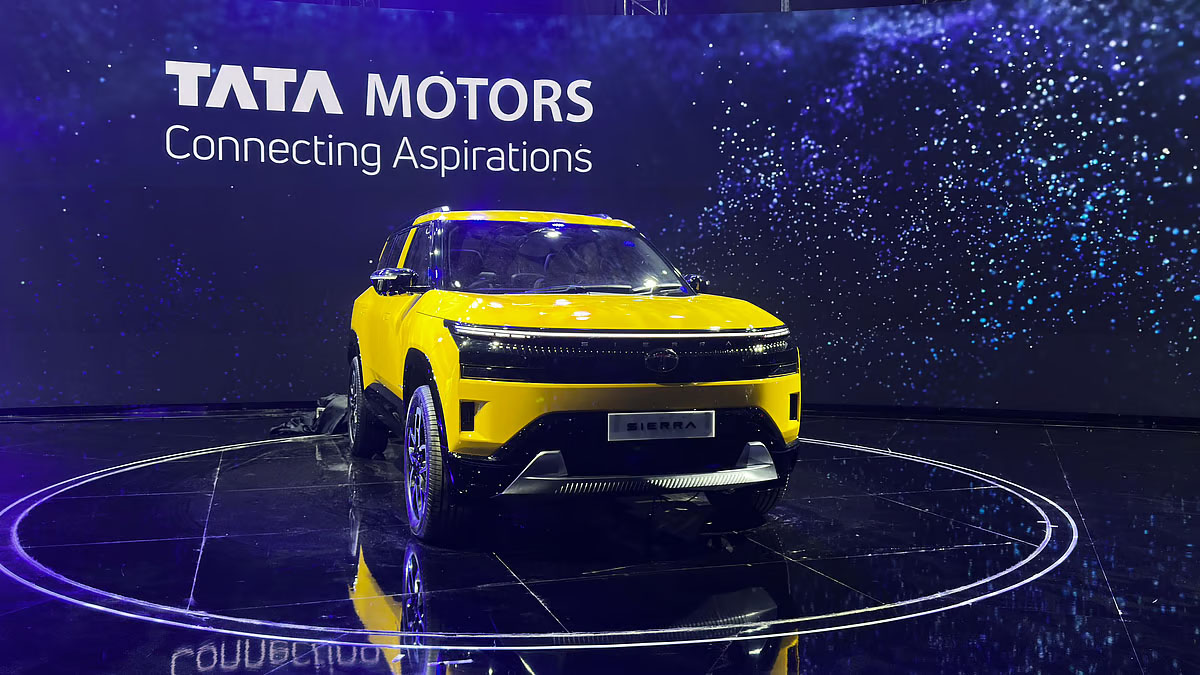
Amid the global wave of energy transition, home energy storage has evolved from a "backup power source" to a "home energy hub". In 2023, the market size exceeded $20 billion. From off - grid villas in Northern Europe to solar micro - grids in Africa, from earthquake emergency response in Japan to peak - valley arbitrage in Australia, diverse application scenarios have given rise to differentiated product forms and business models. This article selects ten global benchmark cases, including Tesla, BYD, and Sonnen. It analyzes their technological breakthroughs, market - positioning strategies, and competitive barriers, revealing the commercial logic of home energy management systems—how to integrate lithium - ion batteries, AI algorithms, and user demands into an energy internet covering 120 million households.
Tesla Powerwall: The "Apple Model" of the Energy Ecosystem
Product Positioning and Core Features
Application Scenarios: An integrated on - grid and off - grid home energy hub that is deeply integrated with solar roofs (Solar Roof) and electric vehicles (V2H).
Technical Highlights:
- A 13.5 - kWh lithium - iron - phosphate battery with a charge - discharge efficiency of 92%.
- The built - in Gateway 2.0 supports real - time electricity - price response. In 2023, the Storm Watch function was upgraded, enabling it to automatically charge fully before extreme weather.
Sales Volume and Growth Trajectory
By 2023, the cumulative shipments exceeded 500,000 units, accounting for 23% of the global market share.It holds a 61% market share in the United States, 35% in Australia, and 28% in Germany.Key Strategies and Competitive Comparisons
Ecosystem Binding: Deeply integrated with SolarCity. When purchasing a solar roof, customers get a Powerwall installation quota.Software Monetization: Through the virtual power plant (VPP), it aggregates user - side energy storage to participate in grid frequency regulation. Each household can receive an annual share of $500.Competitor Shortcomings: The LG Chem RESU is 15% cheaper, but it lacks a software ecosystem and cannot achieve V2G (vehicle - to - grid) function.BYD Battery Box: The Cost Revolution of Made - in - China Products
Product Positioning and Core Features
Application Scenarios: A cost - effective companion for household photovoltaic systems, mainly targeting the off - grid markets in Southeast Asia and Africa.
Technical Highlights:
Modular design, allowing for flexible expansion from 2.5 to 30 kWh.High - temperature - resistant LFP battery with an operating temperature range of - 20°C to 60°C, suitable for tropical climates.Sales Volume and Growth Trajectory
In 2023, 280,000 units were shipped, with 75% sold in overseas markets.It has a 41% market share in South Africa and 37% in the Philippines.Key Strategies and Competitive Comparisons
Localized Production: By setting up assembly plants in Brazil and India, the cost is reduced by 22%.Financial Innovation: Cooperating with M - KOPA in Africa for a "Pay - as - You - Go" model. Users can start using the product with a down payment of $99.Competitor Shortcomings: The German Sonnen has better performance but is 40% more expensive, making it difficult to penetrate emerging markets.
German Sonnen Eco: The "Green - Electricity Social Network" for Community Energy Sharing
Product Positioning and Core Features
Application Scenarios: A node in European household virtual power plants (VPPs), enabling peer - to - peer green - electricity trading within the community.
Technical Highlights:
- A 10 - kWh sodium - ion battery with a cycle life of 15,000 times.
- The SonnenCommunity platform supports cross - household surplus - power trading, with electricity prices 30% lower than the grid.
Sales Volume and Growth Trajectory
In 2023, 120,000 units were installed in Europe, with a 29% market share in Germany.There are over 80,000 community users, and the aggregated energy - storage capacity reaches 1.2 GWh.
Key Strategies and Competitive Comparisons
- Grid Cooperation: Signed frequency - modulation service agreements with TenneT and E.ON. Each household can earn an annual income of €600.
- Subscription Model: Free hardware + software subscription (€19.9 per month), with a user retention rate of 91%.
- Competitor Shortcomings: Tesla's VPP is only available in the United States and cannot achieve cross - border power trading.
Japan's Enecoat Technologies: Flexible Perovskite Energy - Storage Wall
Product Positioning and Core Features
Application Scenarios: An earthquake - emergency power source and building - integrated energy - storage solution, mainly targeting dense residential areas in Japan.
Technical Highlights:
The world's first perovskite/lithium - ion hybrid energy - storage wall, with a thickness of only 8 cm.Automatically activated by earthquake sensors, it can support household electricity consumption for 72 hours.
Sales Volume and Growth Trajectory
In 2023, 42,000 units were sold, accounting for 53% of the Japanese emergency - energy - storage market.With 100% government - subsidy coverage, the unit price dropped to $8,000 (it was $15,000 in 2021).
Key Strategies and Competitive Comparisons
Policy Linkage: Included in Japan's "disaster - prevention housing" mandatory standards. New apartments are required to be equipped with it.Building Integration: Collaborated with Sekisui Chemical to develop energy - storage exterior walls, saving 70% of the installation space.Competitor Shortcomings: Panasonic's lead - acid energy - storage cabinets are 50% cheaper, but their energy density is only one - third.
South Africa's Freedom Won Lite: The "African Solution" for the Off - Grid Market
Product Positioning and Core Features
Application Scenarios: A high - load off - grid system that can support high - power devices such as air conditioners and water pumps.Technical Highlights:
Lithium - titanate battery with an operating temperature range of - 40°C to 65°C.Built - in intelligent switching module for diesel generators, with a second - level response to power outages.Sales Volume and Growth Trajectory
In 2023, 150,000 units were shipped, with a 68% market share in South Africa.The annual growth rate in Nigeria and Kenya exceeds 120%.
Key Strategies and Competitive Comparisons
- Anti - riot Design: The shell has a bullet - proof rating of UL 752 to address security risks in Africa.
- Recycling of Second - hand Batteries: By recycling retired electric - vehicle batteries for remanufacturing, the cost is reduced by 40%.
- Competitor Shortcomings: Chinese products are 30% cheaper but cannot withstand 10 charge - discharge cycles per day.
US Generac PWRcell: The "Lightning Transformation" of a Diesel Giant
Product Positioning and Core Features
Application Scenarios: A villa - level backup power source, mainly targeting the hurricane - prone US East Coast.Technical Highlights:
A 9 - 18 kWh expandable system that supports 240V high - power output (12kW continuous/22kW peak).The patented PowerINSIGHT algorithm gives priority to powering refrigerators and medical equipment.Sales Volume and Growth Trajectory
In 2023, 93,000 units were sold, accounting for 39% of the North American emergency - energy - storage market share.Through exclusive channel cooperation with Home Depot, the shipments increased by 200% annually.Key Strategies and Competitive Comparisons
Channel Revolution: Utilizing the original diesel - generator maintenance network, the installation time is shortened to 24 hours.Insurance Linkage: Cooperated with State Farm for "energy - storage insurance", providing full compensation for equipment damage.Competitor Shortcomings: Tesla Powerwall's maximum output is only 7.6kW, unable to drive central air - conditioners.
Dutch Lumensolar VoltX: The "Lego Philosophy" of Modular Energy Storage
Product Positioning and Core Features
Application Scenarios: An expandable energy - storage solution for DIY enthusiasts, a hit in the European garage - maker community.
Technical Highlights:
- 1 - kWh standard module, supporting wireless parallel connection (up to 20 modules).
- An open - source BMS system allows users to customize charge - discharge logic.
Sales Volume and Growth Trajectory
- In 2023, 78,000 units were sold, with a repeat - purchase rate of 45% (users purchase an average of 4.2 modules).
- Starting from crowdfunding, it raised a record $5.2 million in its Kickstarter debut.
Key Strategies and Competitive Comparisons
- Minimalist Installation: Plug - and - play design, with a 98% self - installation rate by users.
- Community Operation: Established the Lumenverse developer forum, sharing over 3,000 energy - management plugins.
- Competitor Shortcomings: Portable power supplies such as EcoFlow have poor expandability and cannot build systems above 10 kWh.
Australian Redflow ZBM2: The "High - Temperature Counterattack" of Zinc - Bromine Flow Batteries
Product Positioning and Core Features
Application Scenarios: Long - duration energy storage in desert areas, addressing the pain point of high - temperature attenuation of lithium - ion batteries.Technical Highlights:
10 - kWh zinc - bromine flow battery. 100% depth of discharge does not affect its lifespan.Natural - convection cooling. The efficiency remains unchanged in a 45°C environment.Sales Volume and Growth Trajectory
In 2023, 12,000 units were installed, accounting for 71% of the energy - storage market in high - temperature regions in Australia.5,000 units were purchased by Saudi Arabia's NEOM for its smart - city project.
Key Strategies and Competitive Comparisons
Precise Scenarios: Focusing on extreme environments such as mining towns and desert hotels.Lease Model: A monthly fee of $199 including maintenance, with a total cost 30% lower than lithium - ion battery solutions.Competitor Shortcomings: Lithium - ion batteries have a 60% reduction in cycle life at 50°C, while the ZBM2 maintains 100%.
India's OLIVE Grid: The "Micro - Grid Revolution" in Slums
Product Positioning and Core Features
Application Scenarios: Shared energy storage in slums, with 20 households sharing one device to share costs.Technical Highlights:
Second - use of retired power batteries, reducing costs to $50/kWh.Blockchain - based electricity meters enable individual metering and support mobile - phone prepaid electricity bills.
Sales Volume and Growth Trajectory
In 2023, 4,700 sets were deployed, covering 10 cities including Mumbai and Delhi.Users' average monthly electricity bills decreased by 70%, with a repeat - purchase rate of 89%.Key Strategies and Competitive Comparisons
Social Innovation: Sharing profits with slum self - governance organizations to reduce promotion resistance.Government Endorsement: Receiving subsidies from India's Ministry of New and Renewable Energy's "Power for All" program, covering 50% of equipment costs.Competitor Shortcomings: Traditional energy - storage enterprises cannot solve the problems of land - rights confirmation and electricity theft in slums.
China's Huawei LUNA: The "Energy Brain" for Smart Home Integration
Product Positioning and Core Features
Application Scenarios: Whole - house energy management for high - end villas, seamlessly connecting photovoltaics, energy storage, and charging piles.
Technical Highlights:
- Equipped with the HarmonyOS system, with an AI prediction error of less than 3%.
- Power - line carrier communication, eliminating the need for additional wiring.
Sales Volume and Growth Trajectory
- In 2023, 150,000 units were sold, accounting for 67% of the Chinese high - end market share.
- The European version is adapted to local standards, with a market share of over 25% in Italy and Spain.
Key Strategies and Competitive Comparisons
Smart Home Binding: When purchasing an AITO electric vehicle, customers get a LUNA energy - storage discount voucher.Zero - Carbon Marketing: Collaborating with real - estate developers such as Vanke for "carbon - neutral luxury - home" certification.
From Tesla's ecosystem dominance to OLIVE's grassroots innovation, the global home - energy - storage market is undergoing a triple fission of "technology - scenario - model". All successful players have grasped three core elements: product adaptation to extreme scenarios (such as the bullet - proof design in South Africa and high - temperature - resistant batteries in Australia), localization reconstruction of business models (the subscription system in Europe and the Pay - as - You - Go model in Africa), and the value leap from hardware sales to energy services (sharing in virtual - power - plant profits and carbon - credit trading). In the future, with the popularization of AI - powered energy butlers and cross - platform interconnection protocols, home energy storage will no longer be an isolated device. Instead, it will become a super - entry point connecting the power grid, electric vehicles, and smart homes. Whoever can occupy a node in this ecological network will define the rules of the next - generation energy world.

Latest News












Ms. Liu +86 132 6100 0097

协办单位:全国工商联新能源商会、电力规划设计总院
支持单位:江苏省发展和改革委员会、江苏省工业和信息化厅、江苏省商务厅
国网江苏省电力有限公司
国际支持:欧洲储能行业协会、德国智能城市交通协会
承办单位:创能国际会展服务(江苏)有限公司、东浩兰生会展集团股份有限公司
溧阳深水科技咨询有限公司



